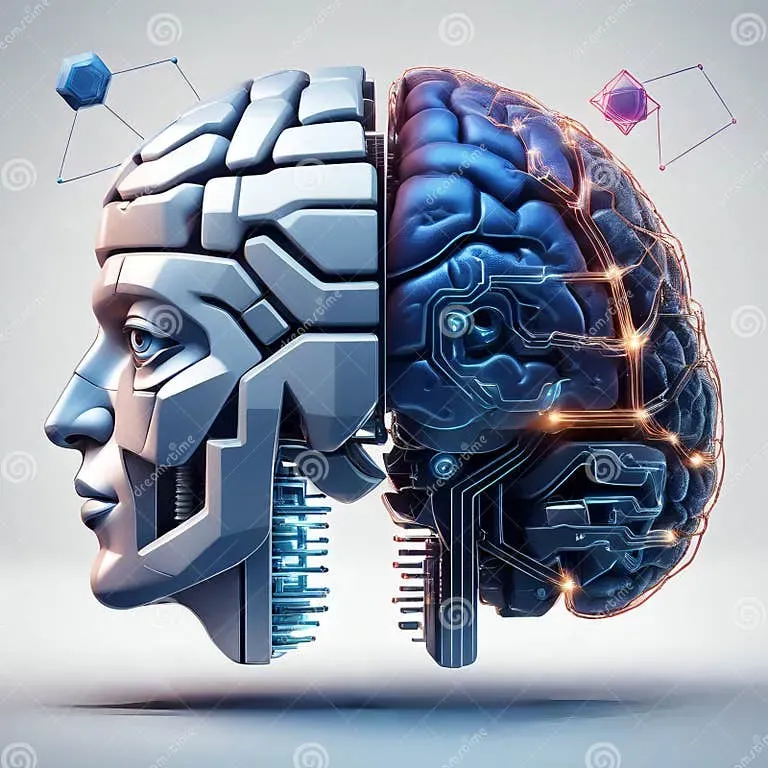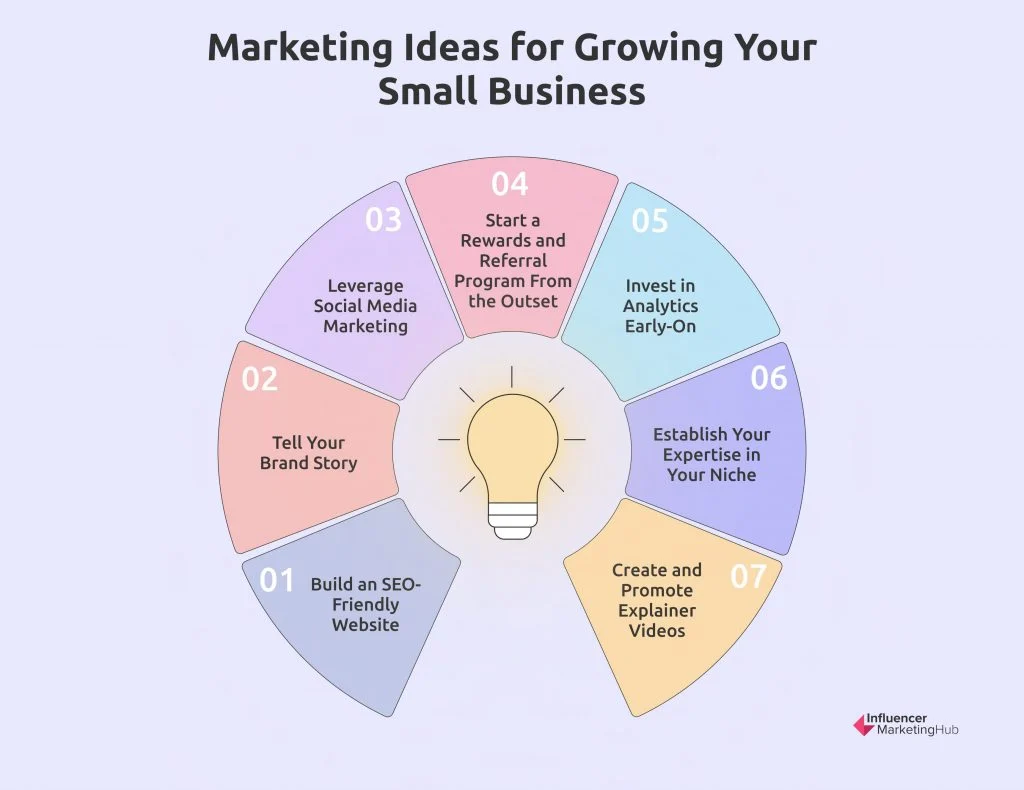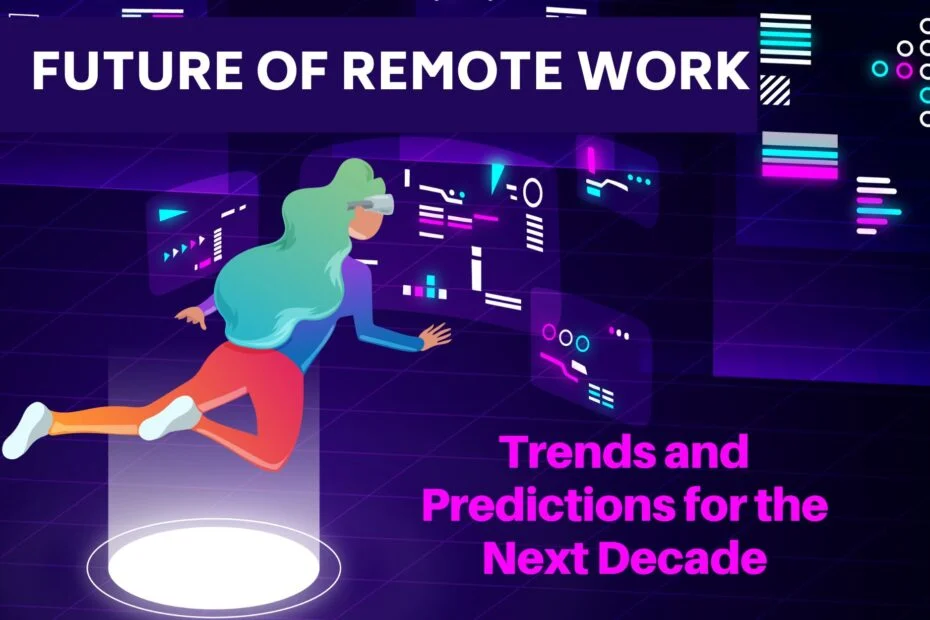The ongoing debate of Human Brain vs AI is capturing the imagination of both scientists and the public. As artificial intelligence continues to evolve, comparing its capabilities with human cognitive processes becomes a focal point in neuroscience education. Unlike the intricate workings of human memory, which is shaped by emotions and experiences, AI learning is based on algorithms and data processing. This raises significant questions about the cognitive differences between biological minds and machines, particularly when considering the potential consequences of such comparisons. In this landscape, it is crucial to understand that while AI systems may mimic certain aspects of human thought, they lack the depth and richness of human experience.
As we delve into the contrast between human cognition and advanced computational systems, we find ourselves examining the multifaceted nature of intelligence. The human mind operates through a complex interplay of neural processes, while artificial systems rely on code and data structures to simulate learning. This distinction is vital as we explore the implications of AI on our understanding of education and memory. Investigating the nuances that differentiate emotional intelligence from machine learning can shed light on how we define progress in a world increasingly influenced by artificial intelligence. In this discourse, recognizing the limitations of AI as mere tools compared to the vast capabilities of human thought becomes essential.
Understanding Human Memory vs AI Learning
The human memory system operates on principles vastly different from AI learning algorithms. Human memory is not just a repository of facts; it is an intricate network of experiences, emotions, and contextual understandings that help shape our identity. Unlike AI, which relies on vast data processing and statistical patterns to make decisions, human memory is susceptible to biases, emotions, and the inherent messiness of life, allowing for flexibility and creativity. This nuanced functioning enables humans to learn from mistakes and adapt in ways that a rigid AI model cannot.
Conversely, AI learning is predicated on vast quantities of data, resulting in memory that lacks the emotional engagement present in human recollection. AI systems learn through patterns, correlations, and fine-tuning, where their memories are optimized for efficiency rather than richness. Thus, while AI can excel at tasks requiring speed and accuracy, it cannot replicate the human ability to recall personal experiences, reflect on them, and derive meaning from them, which is an essential part of human cognition and learning.
Cognitive Differences Between Humans and Machines
Cognitive differences between humans and machines are fundamental to understanding the potential limits of AI in education and creativity. Human cognition is influenced by emotions, social interactions, and personal experiences, which enrich the learning process and foster deeper understanding. These cognitive variables contribute to a form of learning that is not merely data-driven but is also contextually nuanced, allowing for empathy and ethical reasoning. Such intricacies empower humans to engage in complex problem-solving and artistic expression that machines, regardless of their programming sophistication, cannot authentically emulate.
In contrast, machines operate with defined parameters and algorithms that determine their behavior and outputs. While AI has made incredible strides in mimicking human decision-making, the lack of genuine emotional engagement means that AI’s understanding remains surface-level. For instance, when assessing a creative work like music or literature, AI can analyze data and popular trends to generate content but misses out on the emotional resonance that human creators harness. This gap highlights why relying solely on AI for tasks typically governed by human cognition risks losing a vital aspect of the creative process.
The Role of Neuroscience in Education
Neuroscience offers valuable insights into how humans learn differently than machines, emphasizing the importance of personalized education. Understanding the brain’s neuroplasticity—the ability to reorganize itself by forming new neural connections—reinforces the idea that education must cater to individual learning styles. Techniques that foster engagement, curiosity, and passion in students can lead to more profound learning experiences compared to conventional methodologies inspired by AI-driven models. By grounding educational practices in neuroscience, educators can create more supportive and effective learning environments.
Moreover, the principles derived from neuroscience can guide digital educational tools to enhance human learning rather than merely replicate AI training methods. By incorporating strategies that account for emotional intelligence and the importance of play and exploration, educational systems can harness the advantages of technology while ensuring that the human elements essential for motivation and creativity are not overlooked. This balanced approach could transform the learning landscape, allowing for students to thrive intellectually and emotionally.
AI Innovations in Learning: Opportunities or Pitfalls?
As AI innovations start entering educational environments, there is an ongoing debate regarding their long-term impact on learning. Intelligent tutoring systems aim to mimic personalized instruction by analyzing a student’s responses and adapting content accordingly. While these systems can offer immediate feedback and cater to different levels of understanding, there’s a risk that they focus too narrowly on optimizing performance metrics rather than fostering a love for learning. The best educational outcomes are not solely determined by metrics but also by how students engage with content emotionally and socially.
Furthermore, while AI can make learning more accessible, it can also inadvertently lead to dependency, where students favor algorithmic efficiency over critical thinking and exploration. The temptation to rely on AI for educational success can hinder the development of essential cognitive skills and stifle creativity. Instead of embracing a holistic approach to learning that values diverse experiences, students may find themselves trapped in a cycle of superficial learning driven by metrics alone. Balancing AI tools with human-centric educational strategies is crucial to prevent such pitfalls.
The Danger of Metaphors: Misunderstanding AI and Human Brains
Metaphors comparing human cognition to AI processes can result in misconceptions that diminish our understanding of what it means to be human. When leading figures in technology describe the brain as “a biological computer” or liken AI’s training to educational practices, they obscure essential cognitive nuances. Such metaphors can lead to a mechanistic view of human beings, where emotions and individual experiences are undervalued. This reductionist perspective not only misrepresents the complexity of human thought but also shapes educational practices in ways that may stifle creativity and reduce the richness of learning.
Moreover, these misleading comparisons can encourage a reliance on AI in ways that replicate the negative consequences observed in previous educational paradigms. Just as earlier models treated children as blank slates, viewing them solely through an output lens, contemporary metaphors risk positioning students as mere data points rather than individuals with unique backgrounds and learning needs. Recognizing and rejecting these flawed metaphors is crucial as we move toward a future where both AI and humans play integral roles in learning and innovation.
AI’s Impact on Memory and Decision-Making
The onset of AI technologies introduces profound changes to our understanding of memory and decision-making. AI’s ability to store vast amounts of information with minimal distortion contrasts sharply against the human capacity for selective memory, which is shaped by relevance, emotions, and experiences. While AI can retrieve and apply learned information efficiently, its approach lacks the subjective nuances that characterize human decision-making—a process that is inherently tied to personal context and emotion. As we integrate AI into everyday life, the consequences of outsourcing memory to machines must be scrutinized, as they risk diluting our ability to learn from past experiences.
Additionally, decisions influenced by AI recommendations can overshadow our innate decision-making capabilities, leading to a reliance on algorithmic suggestions rather than fostering independent thought. This can create a significant shift in how individuals assess options and make choices. For example, when faced with personal or professional crossroads, people may lean toward AI-driven pathways that appear optimal based on data calculations, rather than engaging in reflective thought or considering the emotional aspects of their choices. Balancing the efficiencies of AI with a commitment to preserving human cognition is essential to prevent losing the essence of what it means to make decisions.
Bridging the Gap Between AI and Psychology
To maximize the benefits of AI in education and beyond, there’s a need to bridge the gap between technological advancements and psychological principles. Integrating insights from psychology and neuroscience can inform the development of AI technologies that truly enhance human learning processes rather than replicate them superficially. By aligning AI tools with psychological theories of learning, motivation, and emotion, we can create systems that support, rather than inhibit, the natural cognitive development of learners. This collaboration can lead to innovations in personalized learning, opening up exciting possibilities for engagement and discovery.
Moreover, as AI continues to evolve, understanding its limitations and human cognitive strengths becomes paramount. Fostering interdisciplinary dialogue among technologists, psychologists, educators, and neuroscientists can promote a more holistic approach to the use of AI in various fields. By designing AI systems that complement human cognition, we can not only harness the power of technology but also promote rich, fulfilling learning experiences that resonate on an emotional and intellectual level, ensuring that technology serves to uplift human capabilities rather than diminish them.
The Future of Human-AI Interaction in Learning
Looking ahead, the future of human-AI interaction in learning poses both challenges and opportunities. As educational institutions increasingly adopt AI technologies, the approach we take is critical in shaping the development of future generations. Encouraging a symbiotic relationship between human insight and AI capabilities can lead to enriched educational experiences that celebrate both proficiency and creativity. By viewing AI not as a replacement for human thought but as a tool that can facilitate deeper understanding, we can harness its potential for fostering innovation and critical thinking.
However, it’s important to maintain a firm grasp on the unique aspects of human cognition that define the learning experience. Educators and policymakers need to prioritize design principles that emphasize growth, reflection, and emotional engagement alongside the application of advanced technologies. As we navigate this brave new world, fostering a balanced approach that values human sentiment, curiosity, and creativity will be crucial in ensuring that AI-enhanced learning remains truly enriching and transformative.
Frequently Asked Questions
How does human memory differ from AI learning processes?
Human memory involves complex processes of encoding, storage, and retrieval influenced by emotions and experiences, while AI learning relies on algorithms that analyze vast datasets to identify patterns. Unlike human memory, which evolves and can be distorted, AI learns in a more consistent and precise manner.
What are the cognitive differences between the human brain and artificial intelligence?
Cognitive differences are significant; human brains exhibit creativity, emotional reasoning, and the ability to experience joy or discomfort. In contrast, AI operates on statistical models and lacks personal experiences, feelings, or true understanding of context, presenting a stark contrast in how knowledge is processed.
Can neuroscience education help us understand the limits of AI?
Yes, neuroscience education offers insights into the unique functioning of the human brain, including aspects like neuroplasticity and emotional learning, which AI lacks. Understanding these limits helps clarify the differences between human cognition and AI capabilities.
How does AI’s ‘memory’ compare to human memory systems?
AI’s memory is designed to retain information precisely and consistently, often lacking the nuanced distortion present in human memory, which is defined by forgetfulness and adaptation. This fundamental difference emphasizes that AI memory should not be seen as an extension of human memory.
Why should we be cautious about equating the human brain with AI systems?
Equating the human brain with AI systems can mislead us regarding our cognitive functions. It risks underestimating the unique and messy aspects of human thought and creativity, which AI cannot replicate, and may lead to an education system that prioritizes efficiency over emotional engagement.
What role does creativity play in human cognition compared to AI?
Creativity in human cognition arises from the ability to think divergently and embrace failure, often leading to breakthroughs. In contrast, AI is designed to follow established patterns, lacking the spontaneous and innovative thought processes inherent in human creativity.
How does AI learning impact educational approaches?
AI learning can transform education by personalizing content and pacing. However, it risks reducing learning to mere outputs, emphasizing efficiency over meaningful engagement. This could lead to students undervaluing the reflective and exploratory aspects of learning that are critical in human cognitive development.
What are the implications of relying on AI tools for learning and memory?
Over-reliance on AI tools for learning can diminish critical thinking, emotional engagement, and personal memorization. It may lead to a future where individuals rely on technology for decisions, potentially impacting their authentic human experiences and understanding of self.
How can we best use AI while preserving our unique cognitive abilities?
To balance AI use with our cognitive abilities, we should leverage AI as a complementary tool rather than a substitute for human thought. This involves fostering creative and critical thinking while embracing the emotional and experiential aspects of learning that define our humanity.
| Aspect | Human Brain | AI |
|---|---|---|
| Learning Process | Personalized and influenced by experience, emotions, and intrinsic motivation. | Trained through algorithms and data input, focused on optimizing performance based on specific metrics. |
| Memory Function | Evolves to forget, update, and reshape based on various factors, allowing for adaptability. | Designed to retain information with minimal distortion or forgetting, lacking emotional complexity. |
| Creativity and Problem Solving | Based on messiness, daydreaming, and unconventional thinking, leading to breakthroughs. | Pattern recognition and data analysis, lacks genuine creativity or emotion-driven insights. |
| User Engagement | Valued for emotional engagement, enjoyment, and personal fulfillment in learning. | Assessed by measurable outputs, can overlook emotional aspects of learning. |
Summary
The discussion surrounding Human Brain vs AI underscores a critical distinction in how these entities operate. While the human brain is shaped by emotions, experiences, and intrinsic motivations, AI relies on data-driven algorithms that prioritize optimization and efficiency. Understanding these differences is essential to fostering a more integrated approach to technology, ensuring that AI tools enhance rather than replace the unique qualities of human thought and experience.



